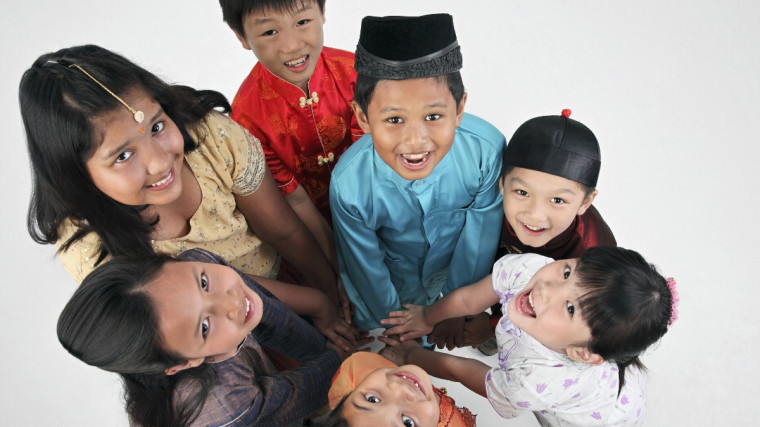Last Saturday, I attended a seminar at Jamiyah Singapore on inter-racial harmony.
The panellists reminisced on their kampung days where they lived with their neighbours from different races and shared their thoughts on how Singapore could do more to help our different races live together.
It seemed particularly timely, considering how we have been recently grappling with issues like casual racism and xenophobia in our society.
In the past couple of months, we have seen an increase in public outbursts where Singaporeans turned on foreigners and viral videos where we see firsthand how racism has reared its ugly head in our society.
At the seminar, the panelists agreed that moving towards racial harmony should come from a position of understanding and acceptance rather than just tolerance.
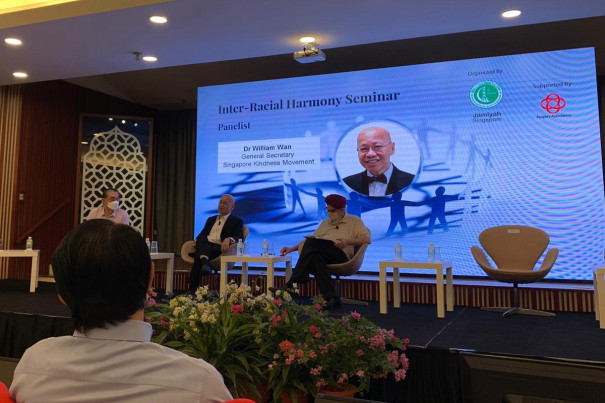
Despite the recent racist incidents, Jamiyah Singapore’s senior director, Professor Hussin Mutalib, struck a hopeful note, praising younger Singaporeans for being open-minded and optimistic, a mark of a generation growing up with globalisation and diverse viewpoints.
TODAY’s social media editor Bryna Sim suggested more safe spaces where anyone could ask genuine questions about cultural differences without fear of being shamed or called out. However, she warned that this would work only if people came with an open mind and a receptive attitude.
Singapore Kindness Movement’s general secretary William Wan urged everyone to be brave and speak up when we see discrimination — don’t be a bystander, he said, we all have a part in tackling racial issues.
Growing up celebrating Racial Harmony Day
View this post on Instagram
On Wednesday, our schools will celebrate Racial Harmony Day. Personally, even though I grew up in Singapore (my parents migrated here from the Philippines in 1998 when I was 3) and attended local schools, Racial Harmony Day was never a big deal to me.
Perhaps I was already conscious of my ethnic differences — I belong to the “O” in Singapore’s our limited CMIO classification — but I considered Racial Harmony Day simply as a fun and superficial reminder that Singapore is a multicultural country.
Ironically, during primary school, Racial Harmony Day was when I felt more like an outcast. I remember contemplating whether I should skip school that day or bear the embarrassment of wearing my school uniform — sticking out like a sore thumb in a class of kids wearing their own cultural outfits.
My frugal immigrant parents didn’t understand — it didn’t make sense for them to buy a cheongsam, baju kurung or a sari for me just to wear for a day.
And asking around, I realise now that I wasn’t alone. I heard from an acquaintance about how she grew up in a school with a significant number of students of immigrant parents who were too shy to wear their own ethnic costumes during Racial Harmony Day.
She explained: “On normal days, the ‘others’ race always seemed invisible because we’d just assume they were either Chinese, Malay or Indian without bothering to ask their ethnicity when they introduced themselves… I feel like we forget that it’s not only about races but also about celebrating ethnicities in Singapore.”
Hits and misses
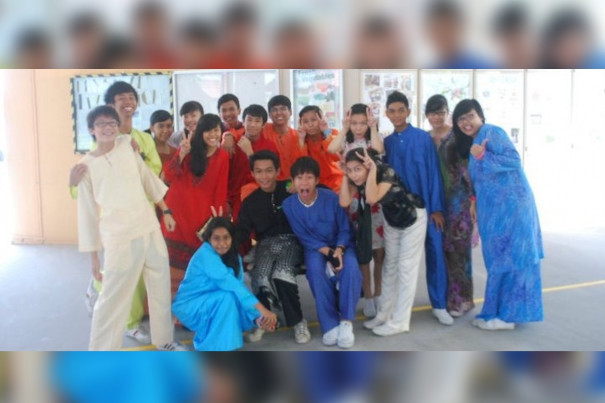
In secondary school, Racial Harmony Day became an opportunity to wear traditional outfits from other cultures. I still did not wear my own ethnic costume as I felt my peers would have looked at me weirdly as they would not have understood the significance.
I felt that I was already made fun of being the “Pinoy” in class, I did not want to emphasise it even further.
Instead, I borrowed traditional costumes from my friends just so I could fit in.
Now, after 23 years here, I just feel local — A Singaporean Filipino. I was in a cab recently when the taxi uncle made me feel like a foreigner in my own country. Again.
But I understand where he (and others like him) are coming from — they really didn’t know or cannot understand that what he said would make me feel that way. So I just smiled and nodded and entertained his questions.
I spoke to a youth who shared a view that I’ve been seeing on social media more and more these days.
She said: “(Back then) it seemed like a fun day. Everyone would dress up in different traditional clothes. Then, we go to class and discuss about racial issues and teachers would put on funny skits and performances.
“Now (looking back), Racial Harmony Day feels kind of hypocritical. Some of my classmates would make offensive remarks to me, believing that they were just joking and being funny. Now, here they were, wearing Indian traditional costumes and acting like it’s wrong to be racist.
“I’ve always wondered if I should have said something to my classmates. Would it change their minds if they knew how hurt I was? Maybe not, we were teenagers after all.”
Not everyone had a bad experience though, a couple of friends shared how they would look forward to sampling the different types of food available in the canteen during the festivities and one of my colleagues saw it more as a bonding session between classmates.
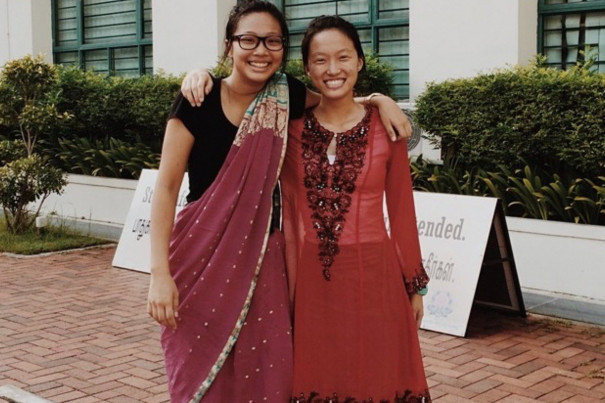
She told me: “Part of the fun was the novelty of going to school feeling all fancy, and part of it was realising that your friends trusted you enough to allow you to wear a treasured outfit. I remember being very careful for fear of ripping a seam.
“Then there was also the association factor. If you swapped your costume with someone, to an extent, you endorsed her. This can be quite a bonding experience.”
Another friend told me: “Even though this might be taken as a superficial approach (since the event happens once a year), it’s probably a light-hearted way to start exposing younger children to the importance of racial harmony as well as race and religion matters.”
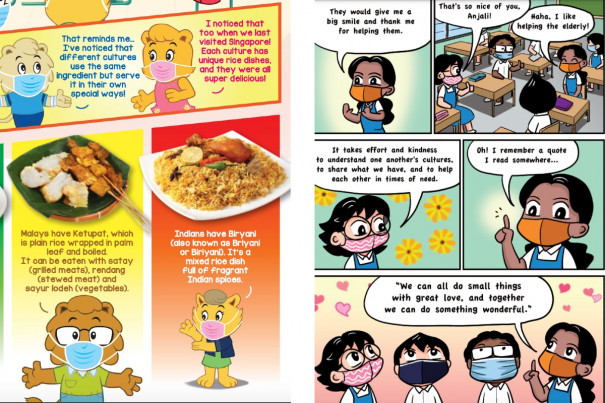
I also spoke with one of my colleagues who worked on this month’s Kindsville Times, which goes out to all schools in Singapore.
She shared that to her, Racial Harmony Day is about embracing the unity in our diversity of ethnicities and cultures here.
She said: “Apart from learning about ethnic clothing, traditional games and understanding our roots, it is also about appreciating the commonalities of our different cultures. Schools are good common spaces for students to interact with those of different backgrounds.”
When schools fall short on racial diversity
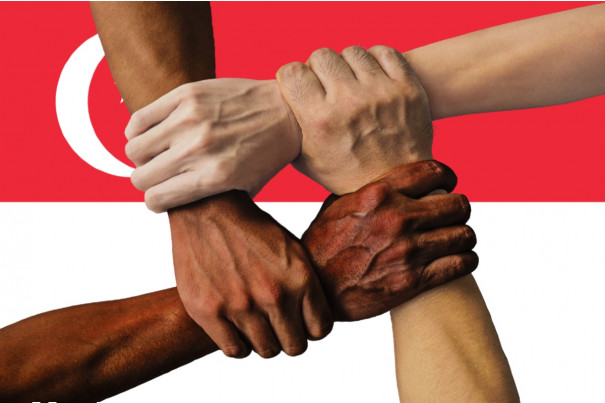
Unfortunately, when schools are too homogeneous, there are pitfalls. I spoke to two young Singaporeans from SAP (special-assistance plan) schools.
One told me: “For most of my educational journey, my peers and I had little to no exposure to racial diversity and conversations surrounding race were limited.
“My schoolmates were almost all Chinese, with a few minority students who could be counted with a single hand. Racial Harmony Day, in reality, became more of an occasion to dress up and take photos with friends for Instagram.”
“It is difficult to address race in an almost racially homogenous environment, and little education or conversation was conducted to ensure that we understood how to respect and appreciate racial diversity.”
“Perhaps our educators felt that we were mature enough and moved past the need for it – but personally, I feel that it is even more crucial to address a topic that my peers and I may not even have thought about, given our lack of exposure to racial minorities in our daily school lives,” she added.
The other was more blunt, she said: “Racial Harmony Day was meaningless for me. I was in primary school then, there were schoolmates who would wear other ethnic costumes to school apart from cheongsam, but very few.
“Now looking back, I begin to wonder, did we truly understand the meaning behind Racial Harmony Day?”
Role of home in raising racial awareness
View this post on Instagram
At the Jamiyah seminar, TODAY’s Bryna, who also came from an SAP school, said that Racial Harmony Day was an opportunity for her to learn more about other races as she never met anyone of a different race or skin colour in school until she graduated.
She had another source of information though: Her parents were adamant on having her mix with people of other cultures — her mother was a private tutor who would invite students from different races into their home.
In other words, the conversation on racial harmony cannot be completed without it first starting in our homes.
A colleague who has three young girls shared with me: “I think Racial Harmony Day is a good reminder to our children that we have other races in Singapore and that we should all live in harmony. We have a long way to go to tackle this xenophobia issue. It has always been there, just that it’s highlighted more in the media now.
“Kids do learn good things in school, but ultimately it’s what they hear and see from their parents at home that is worrying. I can still hear parents or grandparents referring to people of other races in derogatory terms. If anyone needs to be re-educated, it should be them, these adults from the older generation.”
Social media pushing the conversation
View this post on Instagram
So, with our Muslim friends celebrating Hari Raya Haji tomorrow and our schools observing Racial Harmony Day on Wednesday, it’s timely to take stock of where we are as a country on our path towards racial harmony.
There are more minorities speaking up on social media about their shared experiences now. They are being more vocal about how Singapore is still not doing enough on racial harmony.
Whether it is Racial Harmony Day in schools, or viral incidents that spark online reactions or seminars that talk about race — these are all parts of a conversation on racial harmony that we must have in order to grow as a society.
Other stories you might like
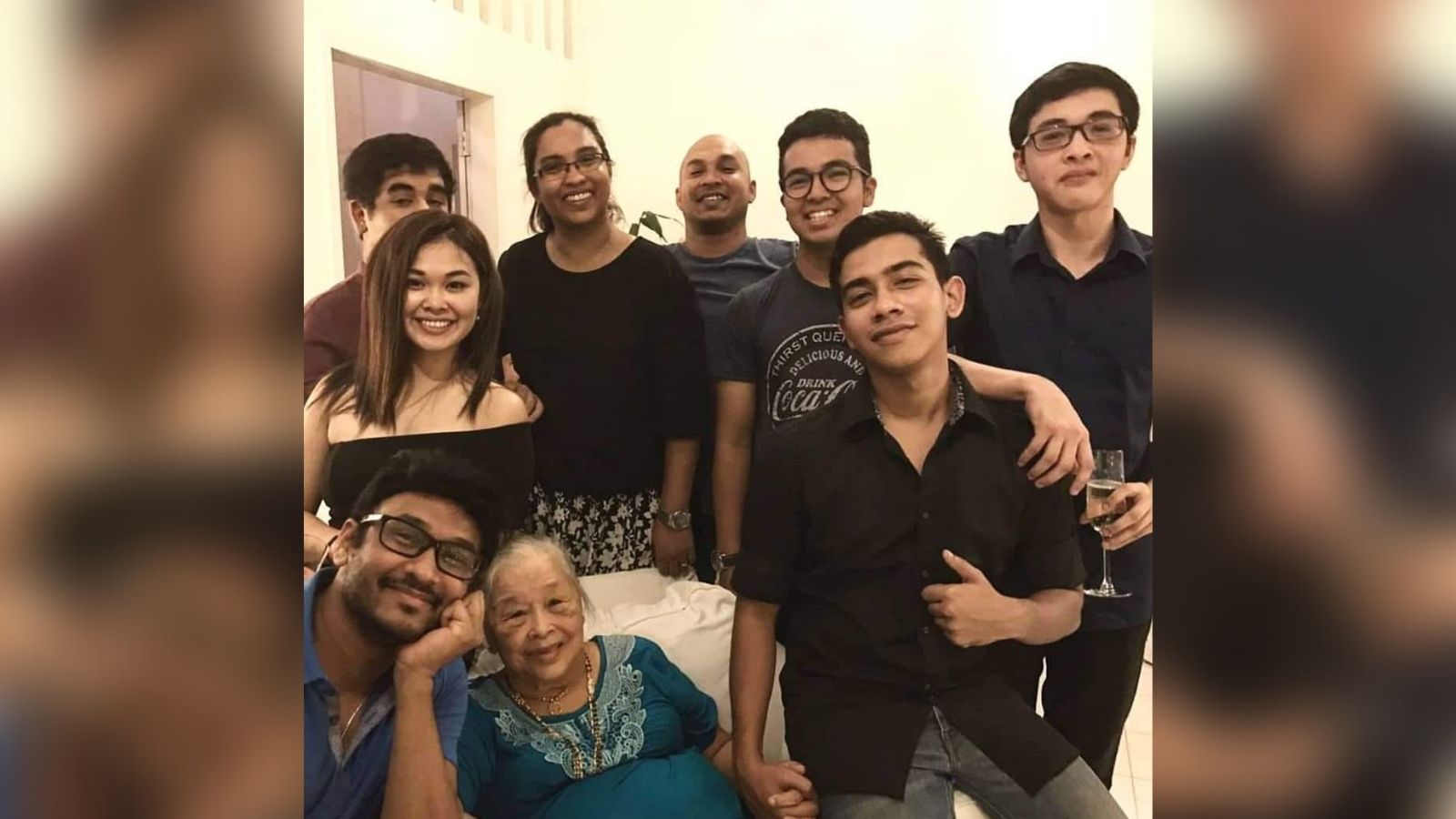
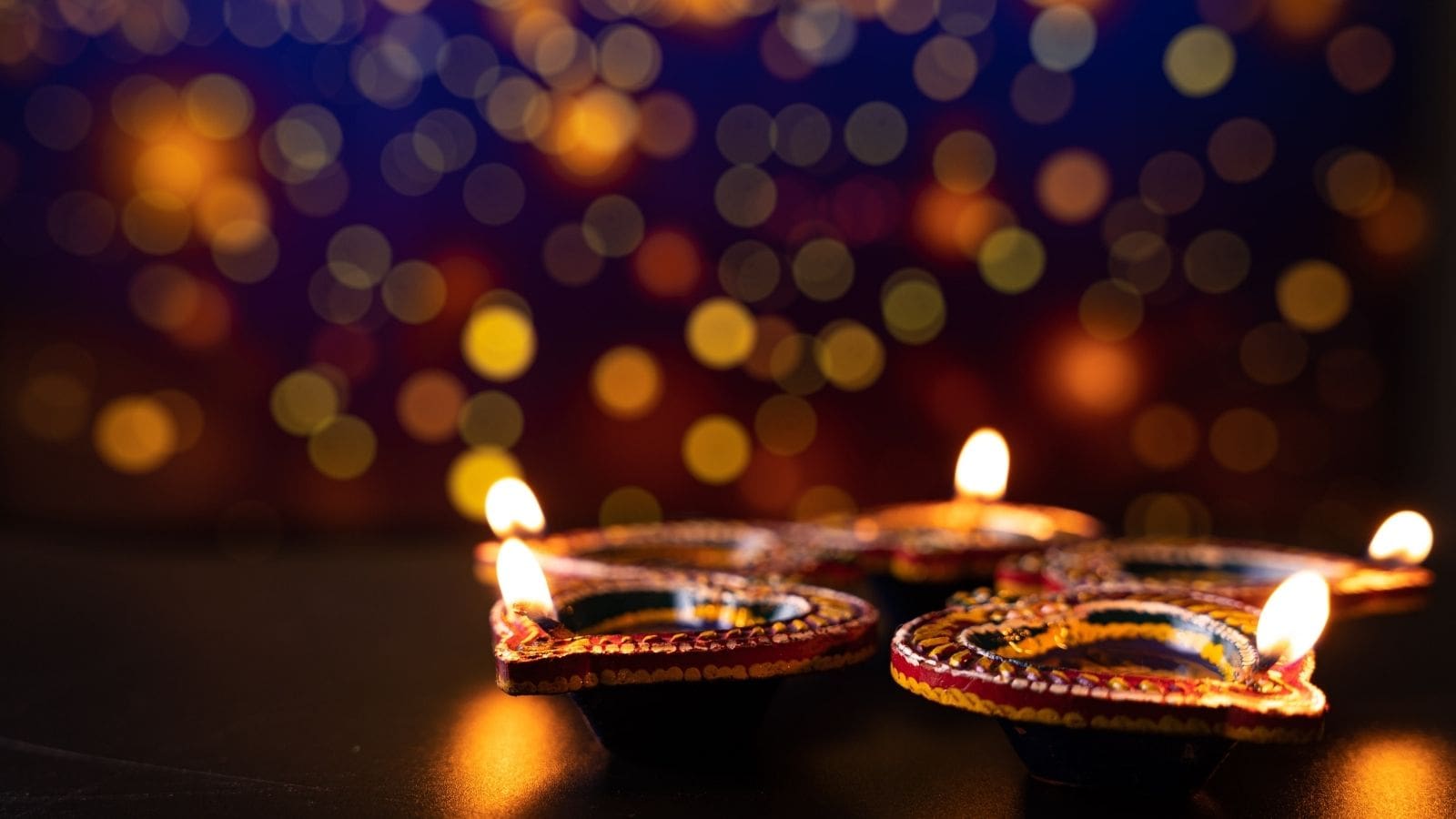
We need to ask questions like what my young SAP school friend brought up: “How can we educate our children more about the struggles that racial minorities continue to face — microaggressions, stereotypes, discrimination — and honour these lived experiences?
“How do we rethink the current state of how different races live together now and reflect whether it is acceptance or just tolerance? How can we be cognizant of our privilege as a majority, and not feel guilty but to use that privilege to do better?”
And difficult as these questions may be for us to hear, talking about this proves that we are moving in the right direction towards a kinder and accepting nation.
If you like what you read, follow us on Twitter and Google News to get the latest updates.
